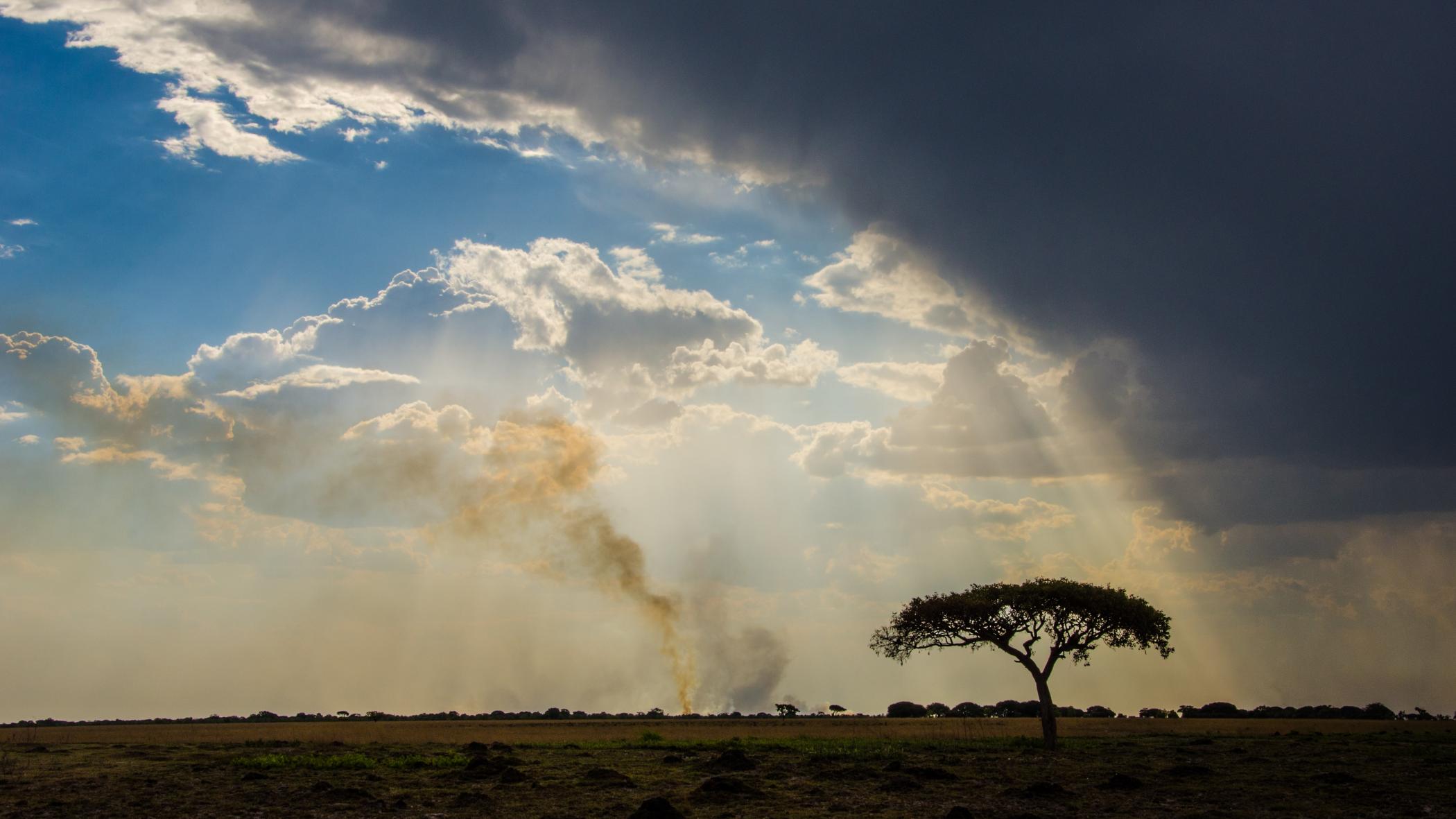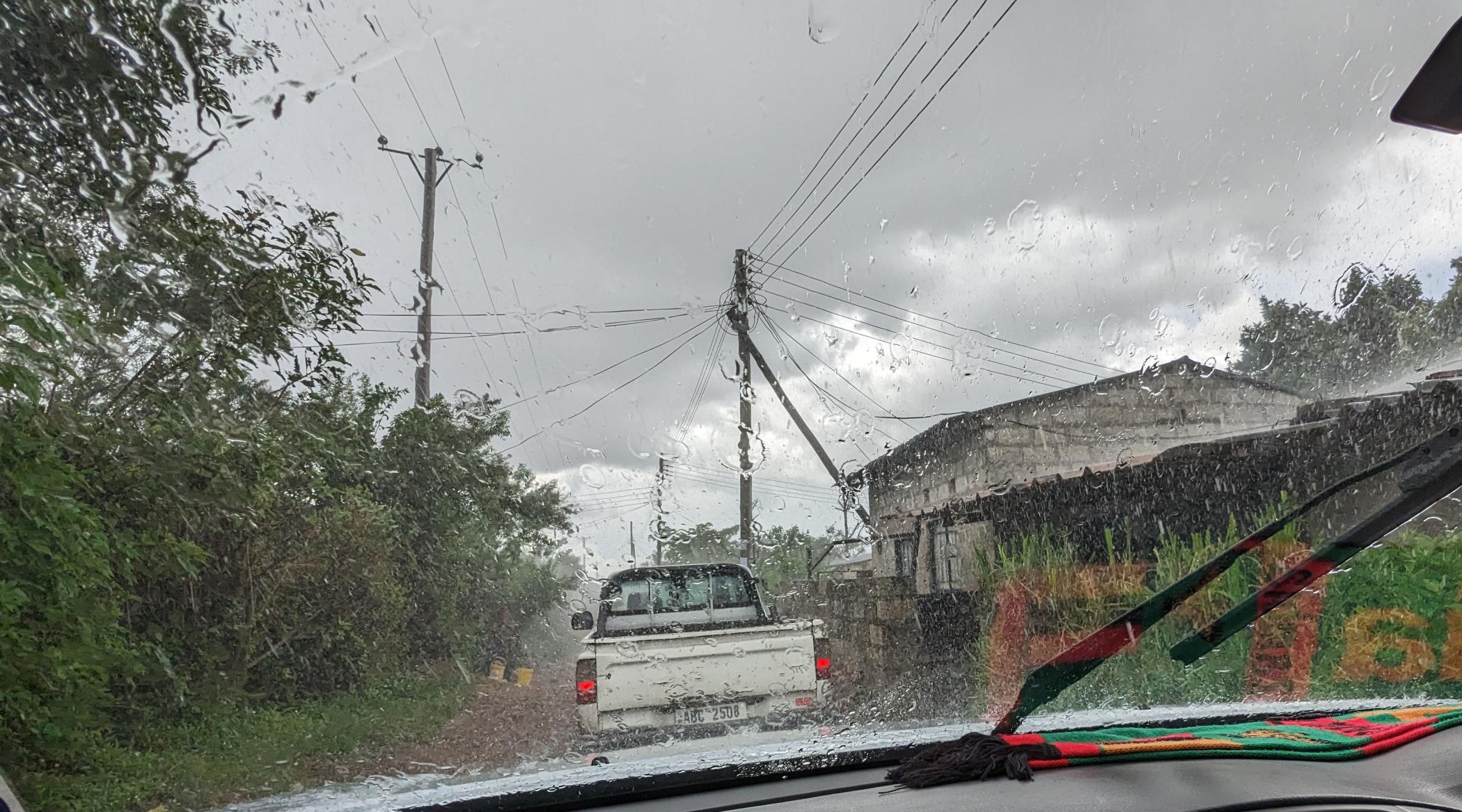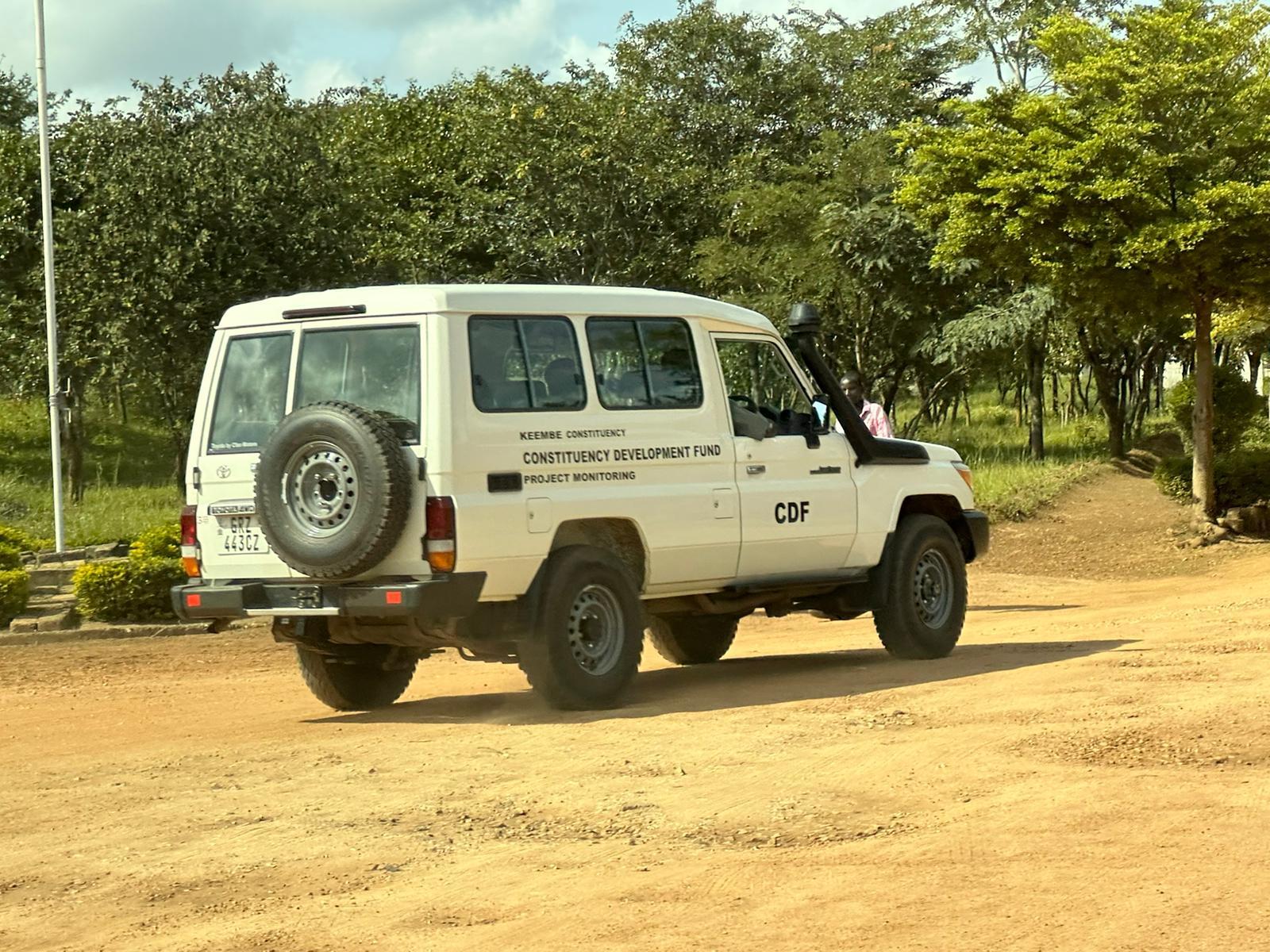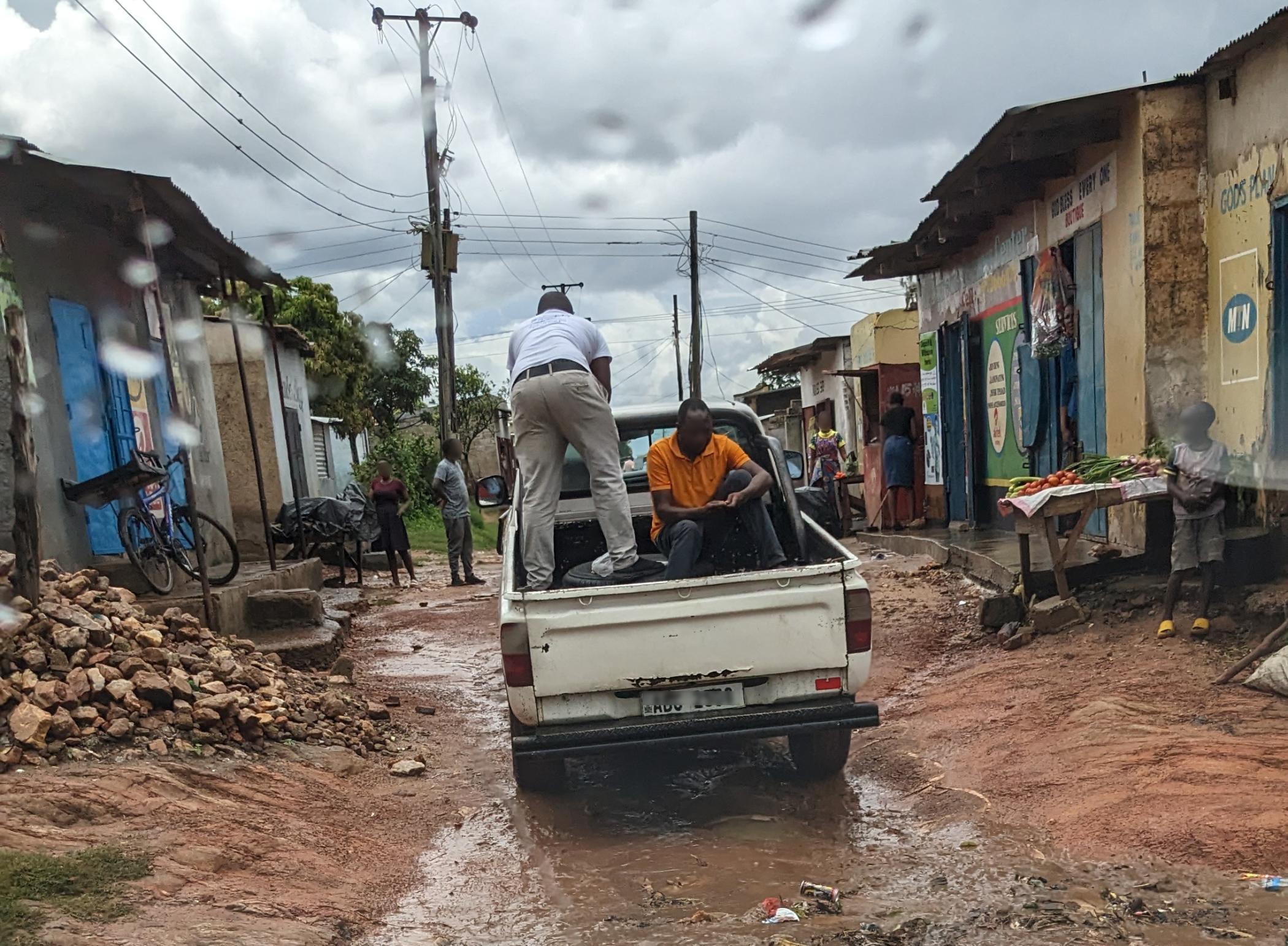How can climate finance help shape loss and damage projects; Zambia’s innovative development fund

The end of COP27 negotiations brought an unexpected event; an unprecedented decision to provide loss and damage funding to those most affected by climate change.
However, the agreement still lacks policy and guidance on how countries can navigate and access available funding.
What structures do countries need in place to access funding for loss and damage, as well as other finance from the growing pool of climate-related international funding?

One promising example of a system that could facilitate the disbursement of international climate finance is Zambia’s Constituency Development Fund (CDF) – a fund designed by the Zambian Government to address community needs for sustainable development projects.
First established in 1996, the Development Fund was vastly increased in size in 2021. Each of Zambia’s 156 constituencies are able to submit plans for building projects, economic empowerment schemes and skills training programmes, with approved plans receiving a part of the US$1.5million allocated to each constituency.
Since January 2023, I have been part of a research team from Oxford who, in collaboration with research organisations in Zambia, have asked one question in relation to this: how can the CDF be shaped to harness external investment in climate-related sustainable development projects.
Our research shows that the CDF offers great promise as a new development policy for Zambia. But for the Fund to reach its full potential and unlock external finance opportunities, several aspects of the CDF’s administration require fine-tuning. We developed a series of recommendations that are split across four areas:
- optimising the CDF's processes,
- enhancing monitoring and evaluation,
- strengthening governance and inclusion
- maximising impact and additionality.
Optimising CDF processes
The CDF process is currently constrained by the capacity of key institutions to deliver on their functions. One such key institution is Zambia’s Local Authorities. Their work is crucial to the successful implementation of projects - our research found that Local Authorities sat most centrally in the local development process, and empowering them could create local multiplier effects resulting in a better alignment with the communities’ needs.
Therefore, we have recommended that Local Authority administrative resource is grown to meet the demands created by the newly expanded CDF.

Monitoring and evaluation
Monitoring and evaluation (M&E) are key for evidence-based decision-making and attracting external investment – without M&E it is impossible to demonstrate where money is going and what the successes of the CDF are. Our research has identified areas where monitoring and evaluation resources could be most effectively applied to structure a framework and to standardise data collection. Data availability is crucial to mobilising external funding, and so M&E improvements should be a first-order priority for those governing the CDF.
Governance and inclusion
Governance and inclusion are essential for ensuring equitable access to CDFs and enhancing community representation. When applying funds to projects, it’s important to ensure marginalised groups, such as youth and people with disabilities, have a voice in decision-making processes at the level of local CDF Committees. Public participation in CDF reform was also identified by our team as a major source of potential positive change.

Maximising impact and additionality
Finally, to ensure maximum impact of the CDF, we have recommended strategies such as linking the economic empowerment component of the CDF to local market growth through start up loans. We have also recommended that employment opportunities are ensured for citizens who gain skills training through the CDF. A source of great potential for this local coordination of the CDF is Zambia’s new Integrated Development Plans (IDPs). These IDPs can be used by Local Authorities to ensure that CDF decision are aligned with broader development goals, and so it is a priority to ensure that IDPs are quickly developed and implemented.
These recommendations, and others found in our report, will work towards ensuring that the CDF is fit as a vehicle for mobilising external investment in sustainable development projects across Zambia. It ultimately has great potential for ensuring that climate finance, like the Loss and Damage fund, benefits those most vulnerable to climate change.
As a next step in our research, we will be engaging with policy and financial stakeholders both within Zambia and in international spheres to socialise our findings. A further report will be released later in the year that will present the views of finance stakeholders towards the CDF, which will explore the mechanisms that could be employed to deploy finance, and the wider implications of the CDF for climate finance in other developing nations.
Read the report and executive summary:
This research was undertaken by the University of Oxford’s Smith School of Enterprise and Environment as part of the FCDO-funded Climate Compatible Growth Programme. The views expressed in this research do not necessarily reflect the views of the UK Government’s official policies.

